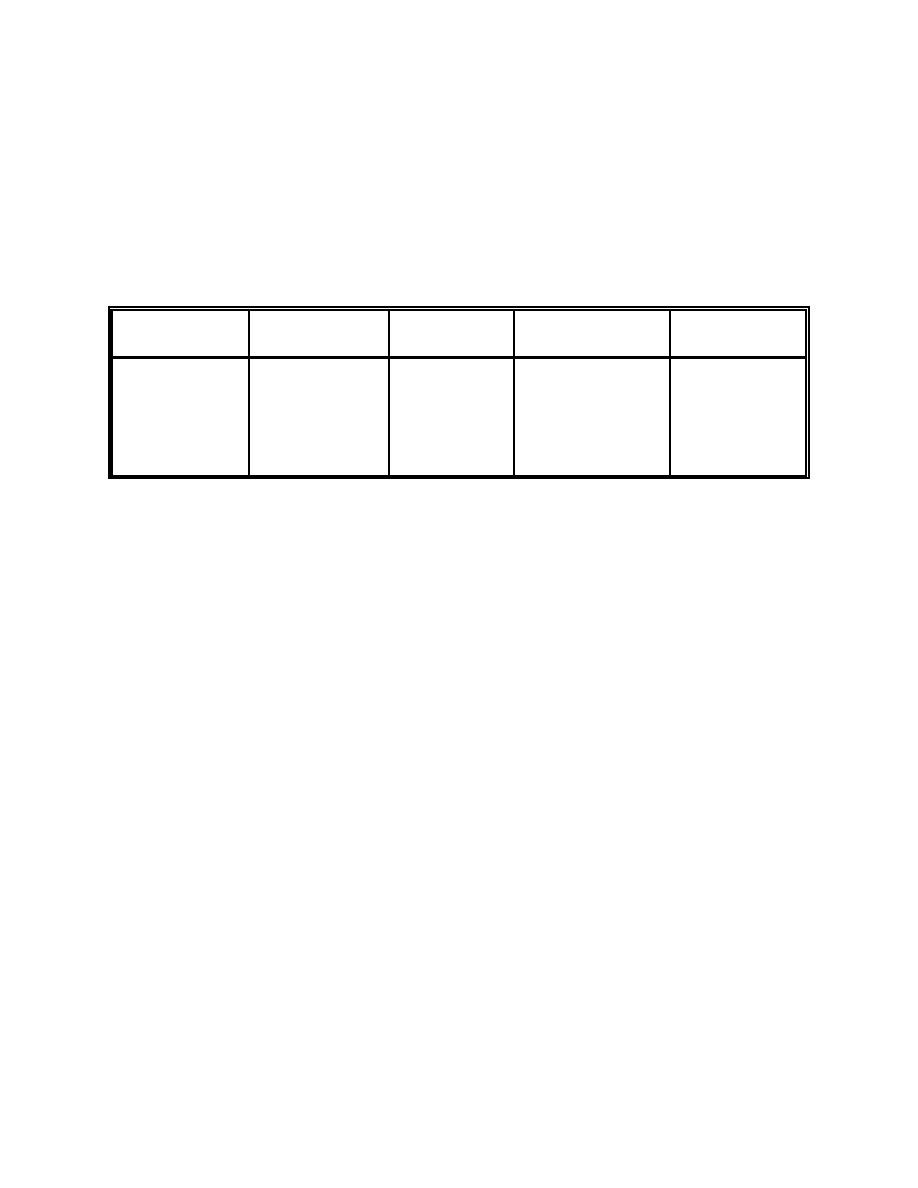 |
|||
|
|
|||
|
|
|||
| ||||||||||
|
|  DOE-HDBK-3010-94
7.0 Application Examples; Solid Waste Example
7.3.9 Solid Waste Handling
Release topics explored in this example are listed in Table 7-12.
Table 7-12. Solid Waste Handling Example Topics
Liquid
Metal
Powder
Surface
Criticality
- N/A
- None
- None
- Shock effects to
- None
waste
- Thermal stress of
combustible waste
both packaged and
uncontained
7.3.9.1
Hazard Summary
The majority of solid waste is bagged out of gloveboxes through typical bagout ports, sealed
with tape in a second layer of plastic, and placed inside a hard plastic pail. The lid of this
pail is also sealed with a thin strand of tape, which serves as much to indicate tampering as it
does to prevent the lid from being removed. These pails are then temporarily stored in the
pre-assay storage room, which can accommodate up to 25 pails. After assay, up to 40 pails
can be stored in another room. Five pails can also be temporarily stored in the assay room.
The pails are eventually taken to the drum packaging room, where 20 pails can be
temporarily stored on a floor array awaiting drumming. This room has a ventilated waste
hut where operators in protective clothing remove individual waste bags from pails and place
them in a lined 55-gallon drum. Up to 10 filled and sealed drums can be stored in a floor
array in the drum packaging room, but normal practice is to take drums to the TRU-Waste
storage annex after they are sealed and assayed. Up to 320 drums can be stored on fire-
retardant coated pallets in the TRU-Waste storage annex.
Large glovebox waste, such as equipment that cannot be bagged out, is covered and placed
inside sealed wooden crates for immediate removal. Low-level solid waste generated outside
gloveboxes or in general maintenance is placed either in drums or in fire-retardant wooden
crates depending on its size. There are three authorized locations in the hallways of the
TRU-waste storage annex to temporarily hold a maximum of two wooden crates per location.
Page 7-60
|
|
Privacy Statement - Press Release - Copyright Information. - Contact Us |